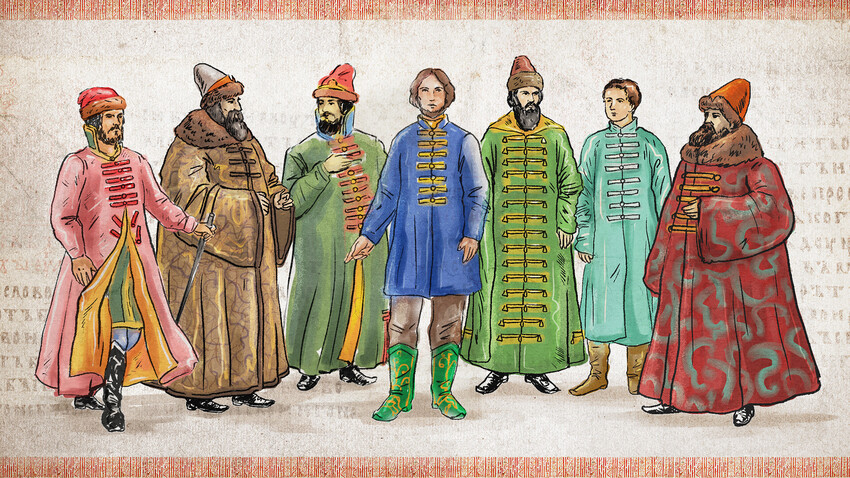
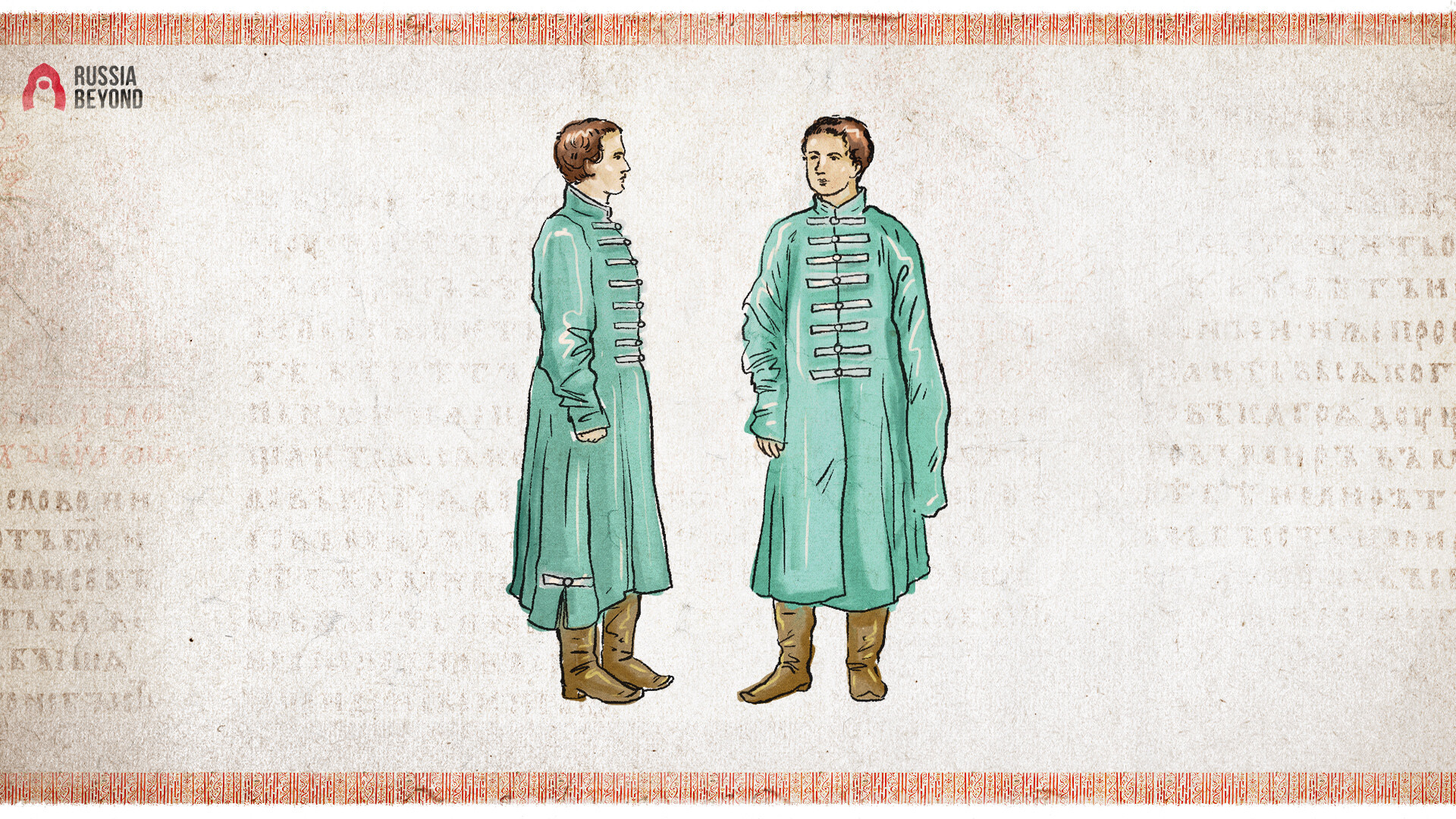
This outer garment was good for all occasions: when traveling, at home or at court. It was easy to work out how wealthy or eminent its owner was, from the fabric from which the ‘kaftan’ was made. Boyars preferred expensive silk, brocade or velvet. A belt was a compulsory accessory to the ‘kaftan’ and it also could reveal a lot: Depending on whether it was made of fabric or leather or stitched with precious stones, observant individuals immediately understood with whom they were speaking to.
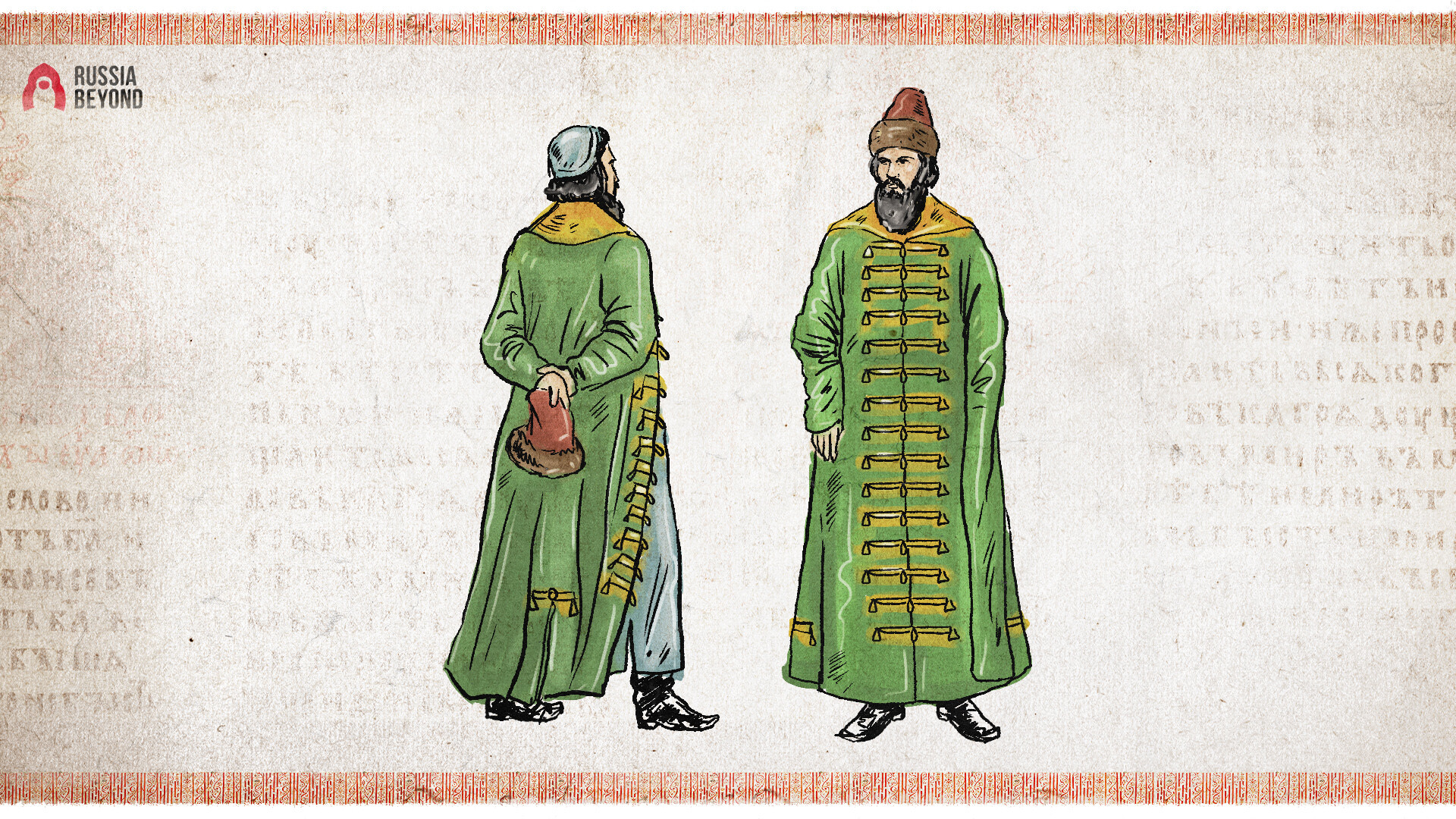
This long, unlined cloak was sewn from woolen fabric or broadcloth and worn as a cape, with slits at the sides for the arms. The ‘odnoryadka’ protected the ‘kaftan’ against rain and snow.
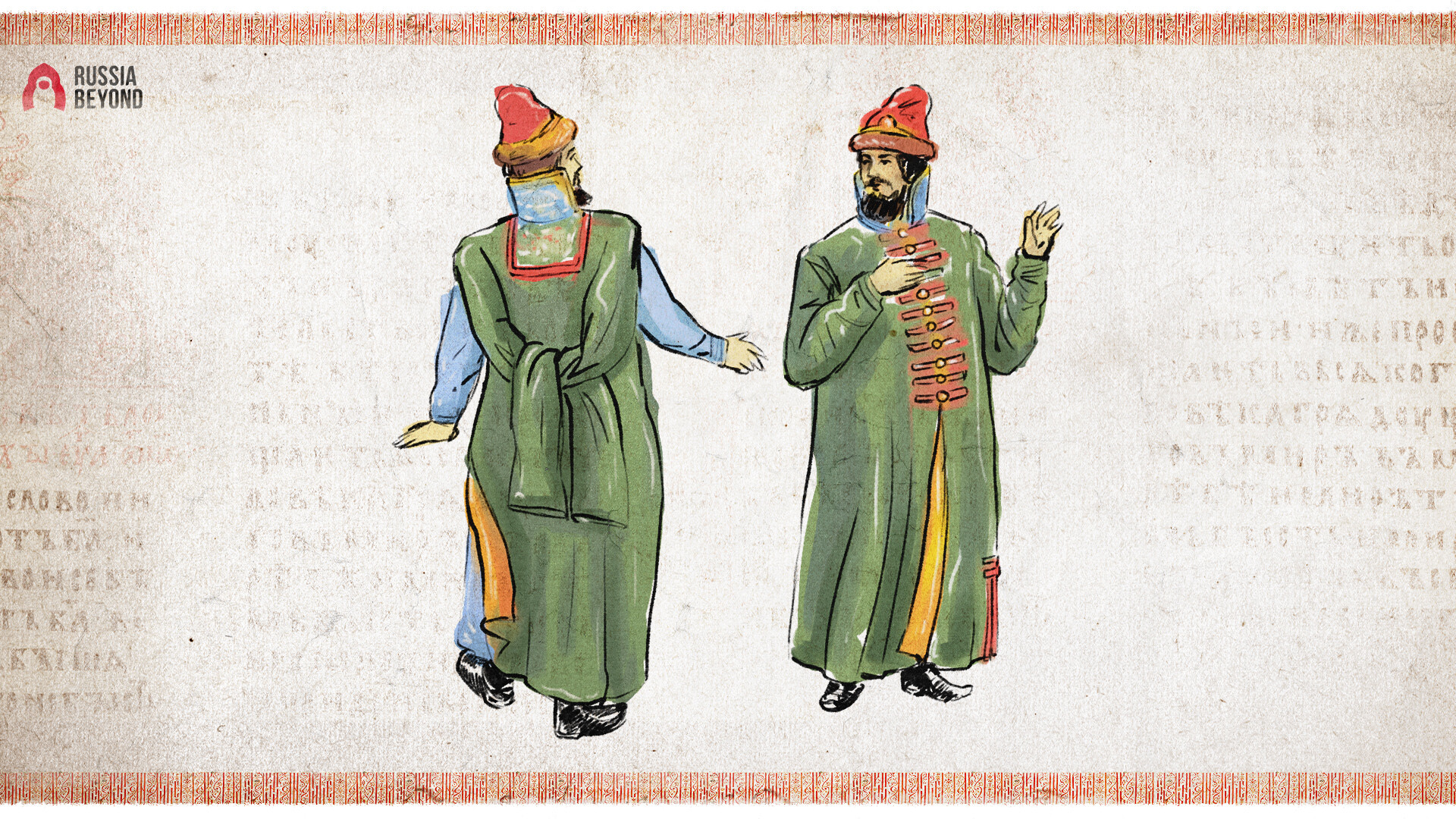
Unlike other boyar garments, the ‘okhaben’ was a narrow tailored garment made of silk embroidered with gold and silver thread or of satin or velvet. At the sides, it also had slits for the arms, while the long sleeves were tied at the back. An important element of the ‘okhaben’ was the ‘kozyr’ – a large turndown collar that could reach half-way down the back.
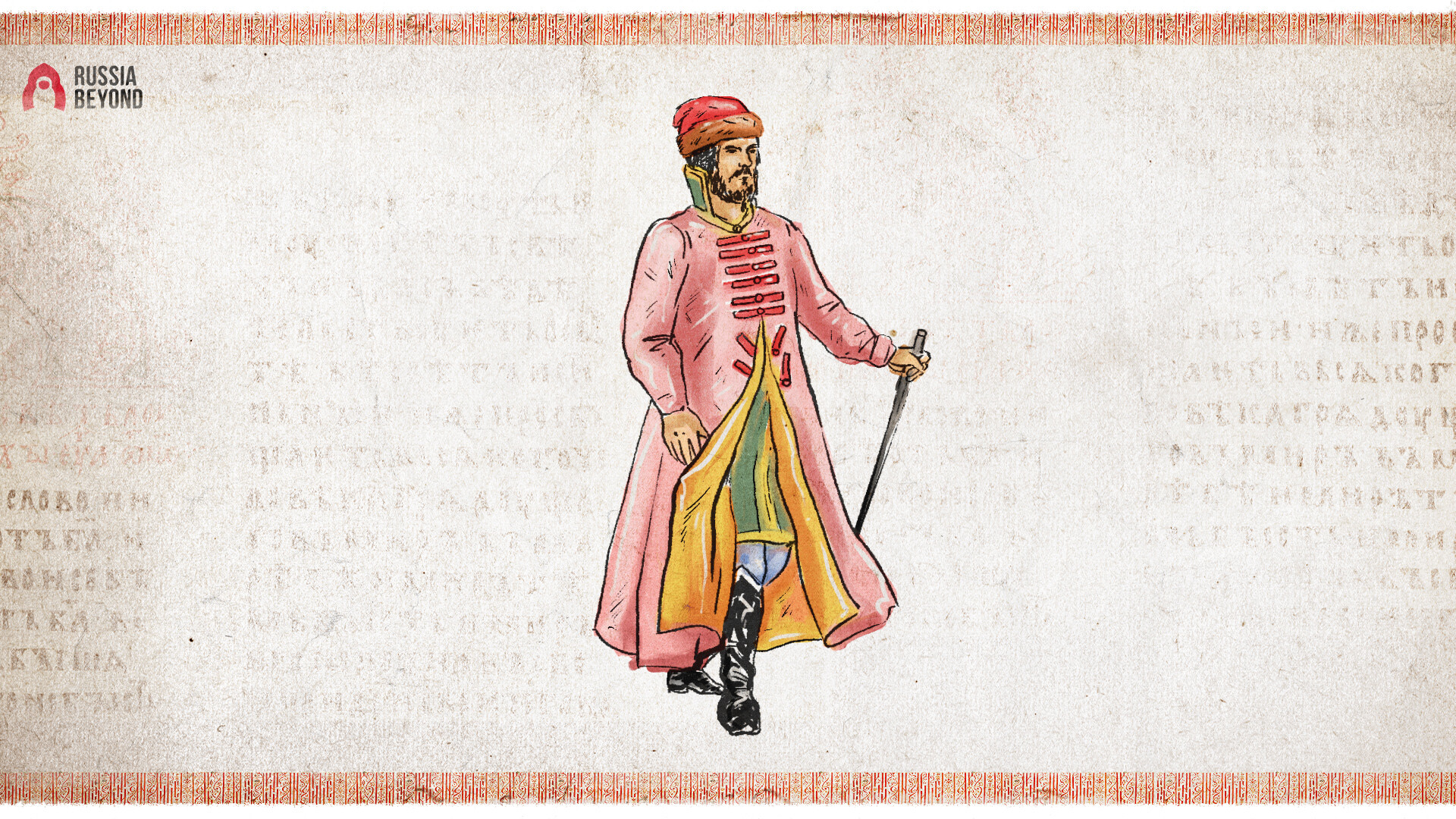
This outer garment sewn from Persian silk, velvet or brocade had very long sleeves. It was worn in a particular way: only one arm was inserted into a sleeve, while the other sleeve dangled loose down to the ground. Winter ‘feryazes’ were fur lined, while the summer version was made from a lighter fabric. The ‘feryaz’ was regarded as formal wear. There were special days at court on which this was the required dress. It was fastened by means of buttons with braiding and ties.
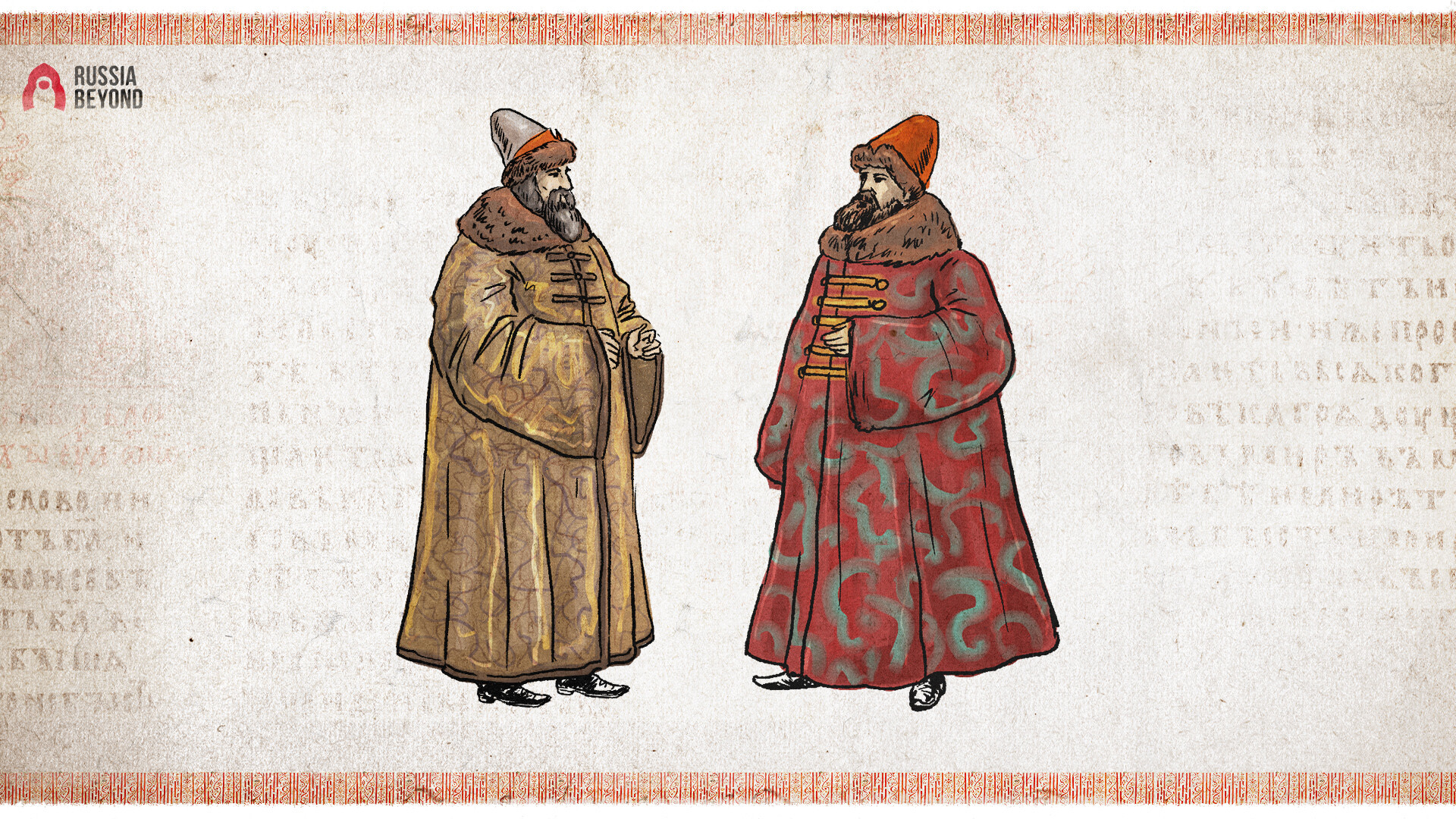
Whether in the cold of a harsh winter or in the heat of summer, boyars could always find a pretext for donning their ‘shuba’, even if it meant sweating it out in their "personal sauna". ‘Shubas’ were made from sable, Arctic fox, marten, ermine, squirrel and fox furs. They were worn with the fur on the inside and were trimmed with velvet and brocade. There were several types. The Russian ‘shuba’ with very long sleeves and a large turned-down collar that pretty much went down to chest level widened very markedly towards the bottom hem – it could be more than three meters in width! At the same time, it had no particular fastenings: The whole thing was done up with the most prosaic of ties. And the slightly shorter "turskaya", i.e. Turkish, ‘shuba’ had distinctive wide sleeves. It was draped over the shoulders and was fastened either with loops or buttons. It was worn on festive occasions and was suitable for official receptions and dinners at court.
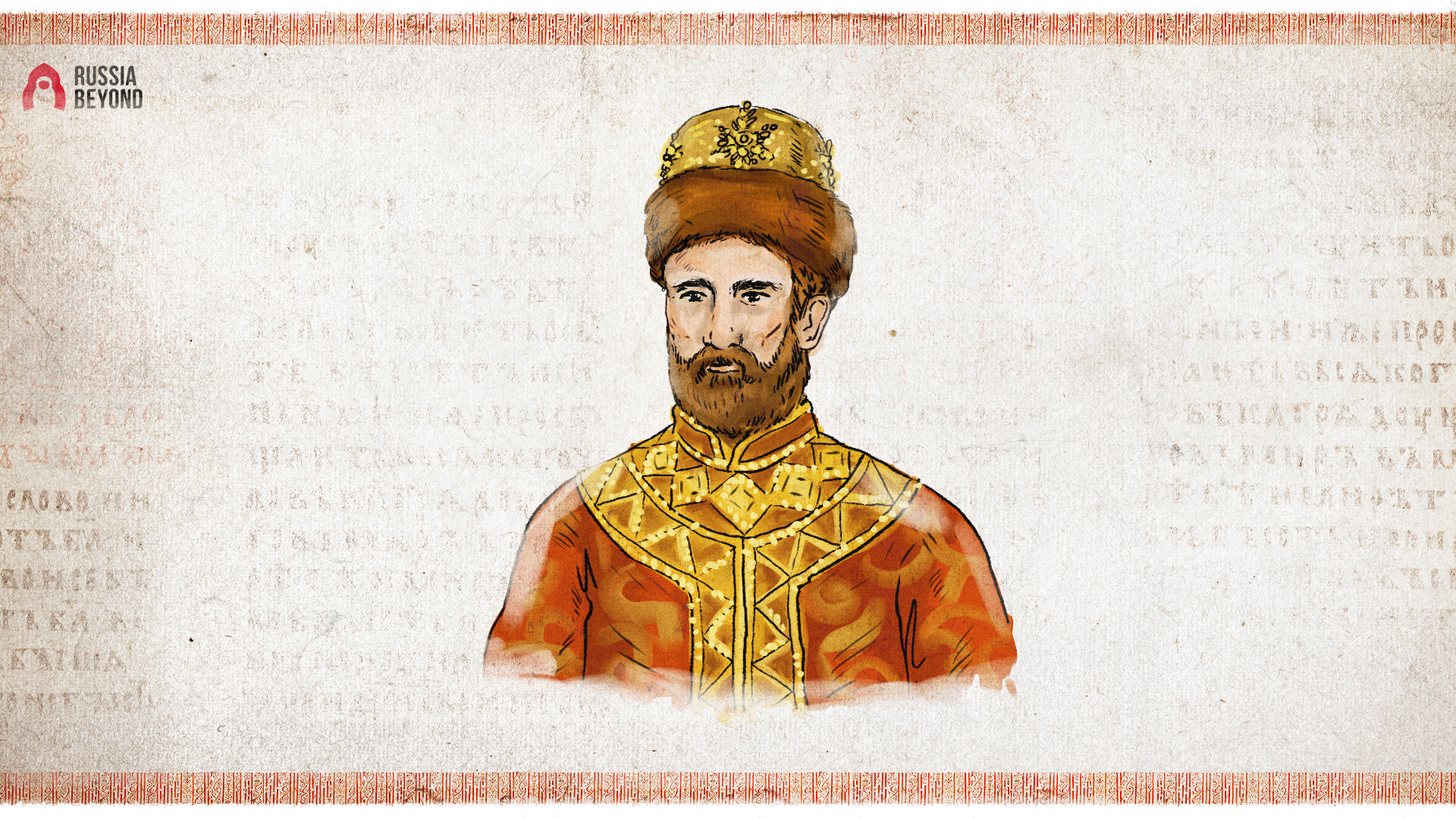
This modifiable hat with a crown made of expensive brocade or velvet was worn in summer and winter. During the warmer period of year, it had sable- or fox fur flaps fastened to it, while, in the winter, it was lined on the inside with cotton fabric and fur to keep out the cold. For decoration, it could also be adorned with a pearl stud or a feather.
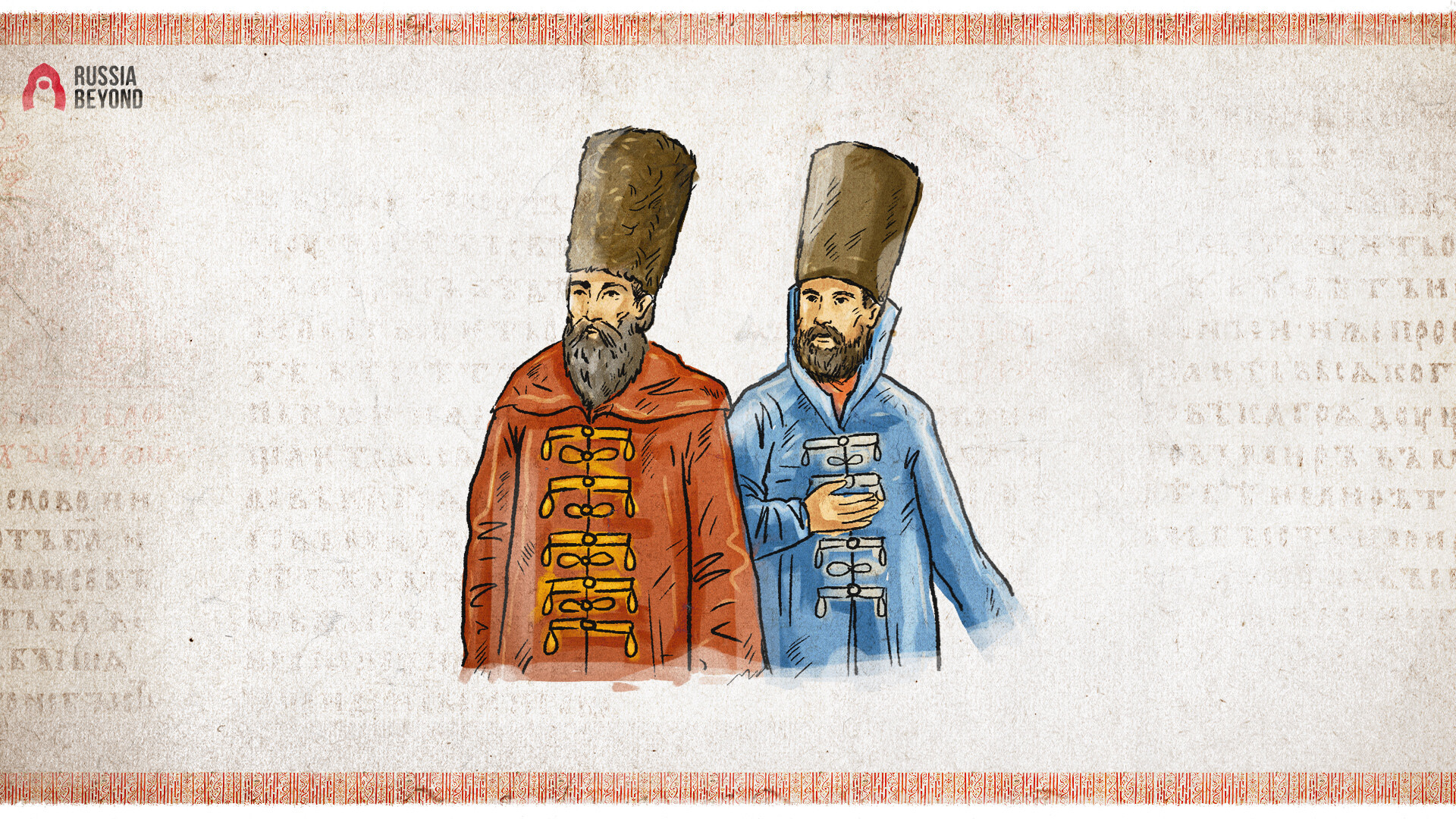
This headdress announced to all and sundry that its wearer was an important and wealthy person. The tall hats (‘gorlatnaya shapka’ literally means a ‘neck’ hat) were made from the neck fur of martens, foxes or sables. They could be adorned with gold thread tassels and the tops trimmed with brocade. At home, they were displayed in a prominent place, so that guests immediately understood that the owner was a habitué of the court and attended the ‘duma’ (boyar assembly). The ‘gorlatnaya shapka’ was worn on top of a round skull cap and a further cap of plain linen. Wearing this whole contraption on one's head was no easy matter, so, during receptions lasting hours, boyars could often allow themselves to hold it in the crook of their arm – much like a hussar's ‘busby’.
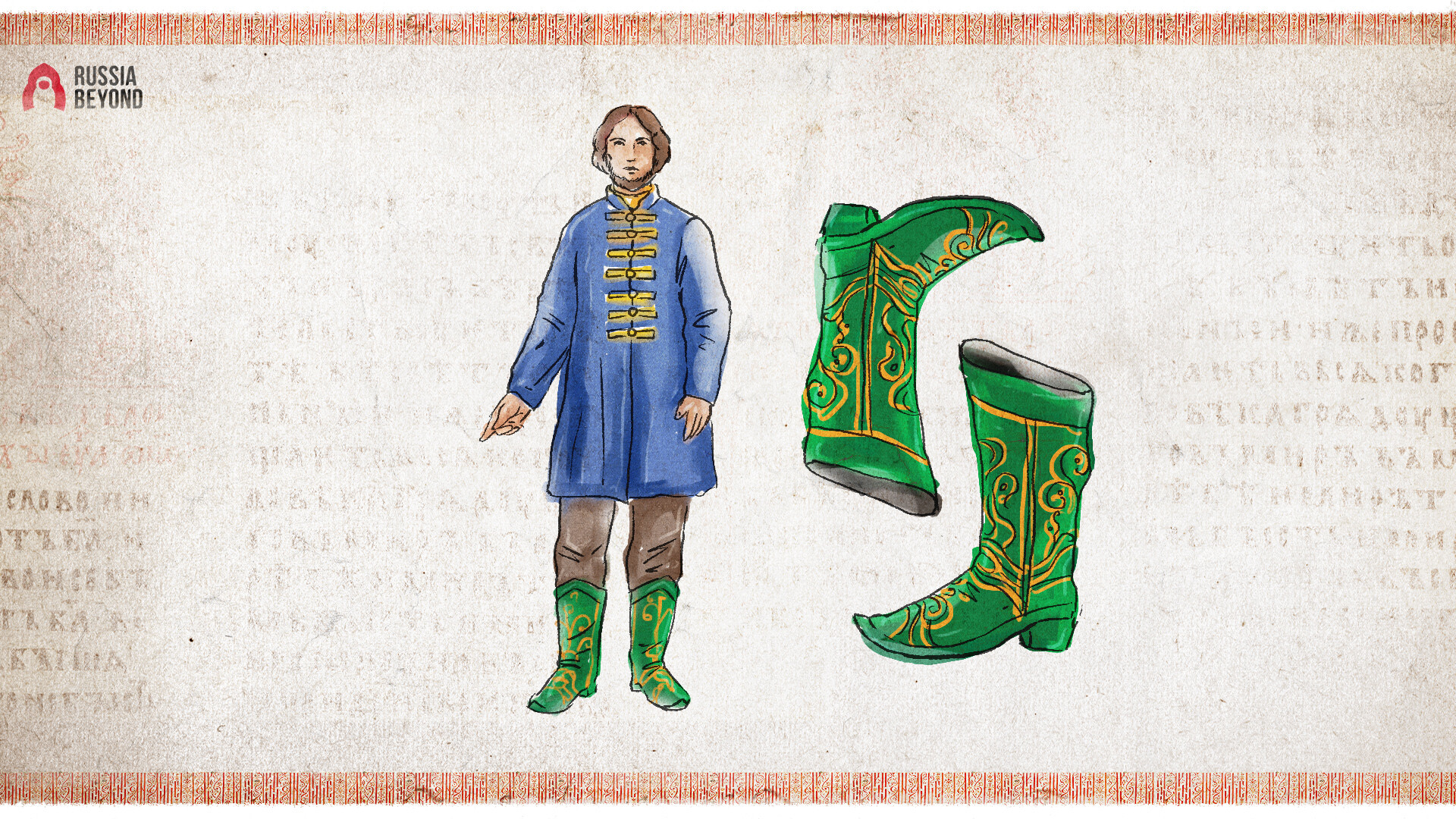
The picture was completed by boots made out of showy morocco leather or calfskin with embroidered tops. The fashion conscious picked styles with upturned toes and, as they approached, their presence would be heralded by the clatter of heels.
Dear readers,
Our website and social media accounts are under threat of being restricted or banned, due to the current circumstances. So, to keep up with our latest content, simply do the following:
If using any of Russia Beyond's content, partly or in full, always provide an active hyperlink to the original material.
Subscribe
to our newsletter!
Get the week's best stories straight to your inbox